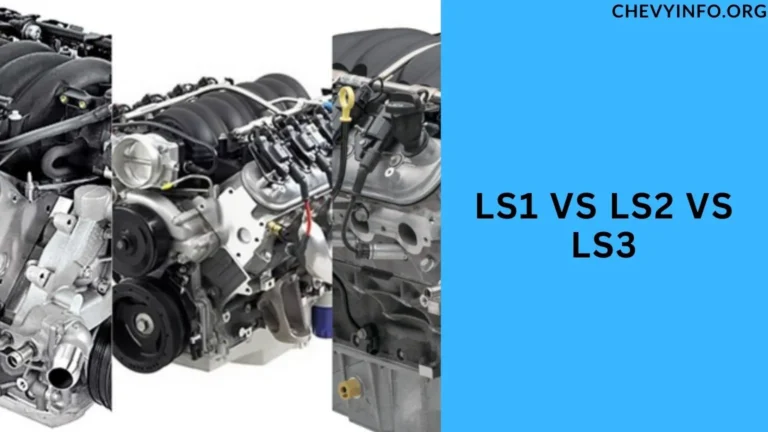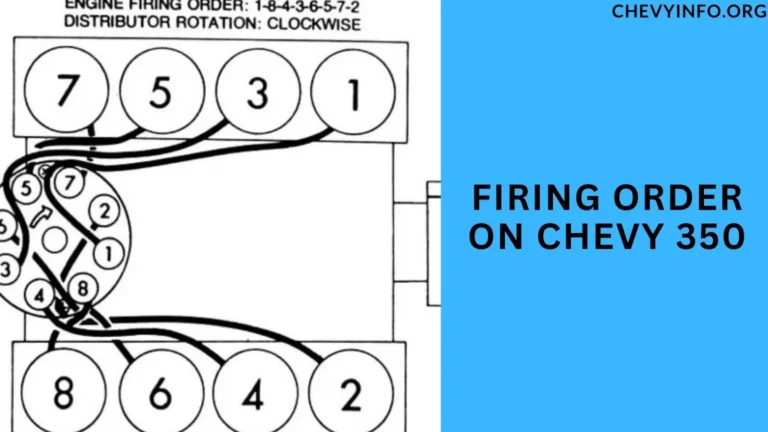GM 4.8 VS 5.3 VS 6.2 Engine (Explained) of 2024
In the realm of automotive engineering, the choice of engine can significantly impact a vehicle’s performance, efficiency, and overall driving experience.
General Motors (GM) offers a range of engines, including the GM 4.8 VS 5.3 VS 6.2 Engine variants, each designed to cater to different needs and preferences.
Let’s delve into a comprehensive comparison of these engines to understand their nuances and benefits.

Introduction
When selecting an engine for a vehicle, factors like power output, torque, fuel efficiency, and application suitability play crucial roles.
GM’s lineup of engines, particularly the 4.8, 5.3, and 6.2 models, embodies diverse engineering approaches aimed at meeting various driving demands.
GM 4.8 Engine
The GM 4.8 engine is known for its balance of power and efficiency. With specifications such as it offers a reliable performance suitable for daily commuting and light hauling tasks.
However, its smaller size may limit its capabilities in heavy-duty applications compared to its larger counterparts.
GM 5.3 Engine
Stepping up, the GM 5.3 engine brings a blend of power and versatility. Featuring, it excels in mid-range torque delivery, making it suitable for towing and hauling duties.
While it offers improved performance over the 4.8 engine, it may consume slightly more fuel under heavy loads.
GM 6.2 Engine
For those seeking uncompromised power, the GM 6.2 engine stands out. Boasting, it delivers robust performance across various driving conditions,
ideal for heavy-duty trucks and high-performance vehicles. However, its higher displacement may result in lower fuel efficiency compared to smaller engines.
Comparison of GM 4.8 VS 5.3 VS 6.2 Engine
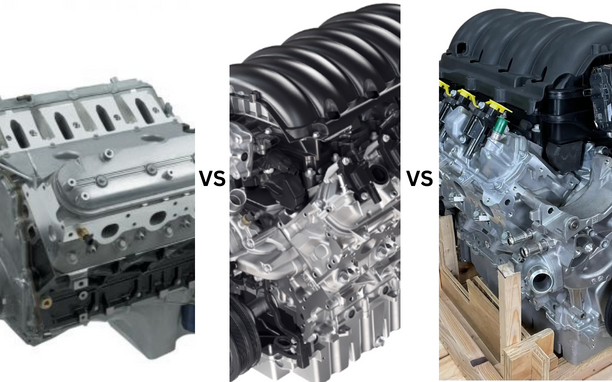
General Motors (GM) has long been a key player in the automotive industry, known for producing powerful and reliable engines.
Among their lineup, the GM 4.8, 5.3, and 6.2 engines stand out as popular choices for various vehicles. Let’s delve into a detailed comparison of these engines to understand their strengths and differences.
Overview of GM 4.8 Engine
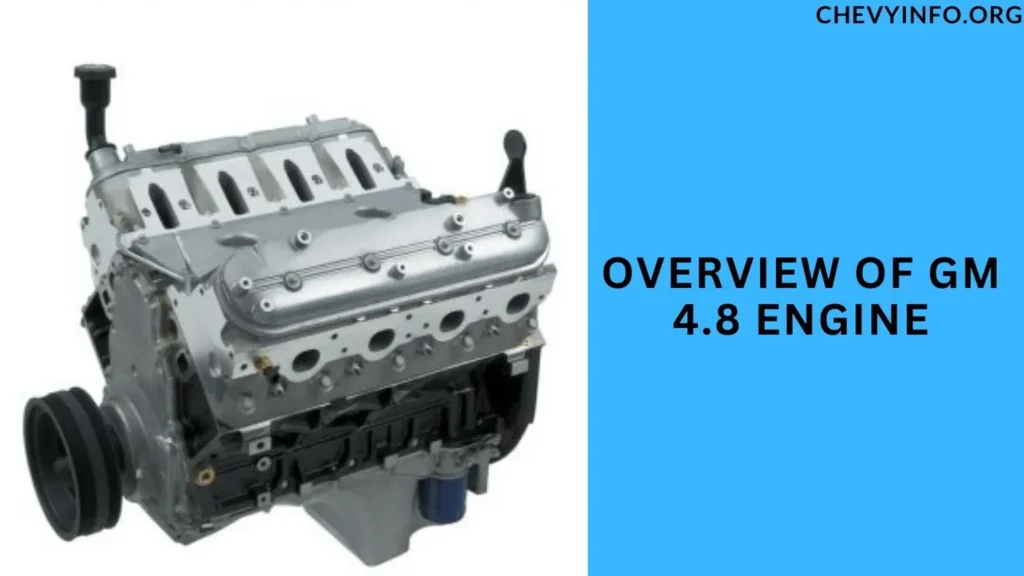
The GM 4.8 engine is a V8 powerplant designed to deliver a balance of performance and fuel efficiency.
With a displacement of 4.8 liters, this engine is often found in trucks and SUVs, offering adequate power for daily driving and light towing tasks.
Its horsepower typically ranges from 275 to 295, coupled with torque ranging from 285 to 305 lb-ft.
While it may not be the most potent engine in GM’s lineup, it excels in delivering decent performance while maintaining respectable fuel economy, making it a practical choice for everyday use.
Overview of GM 5.3 Engine
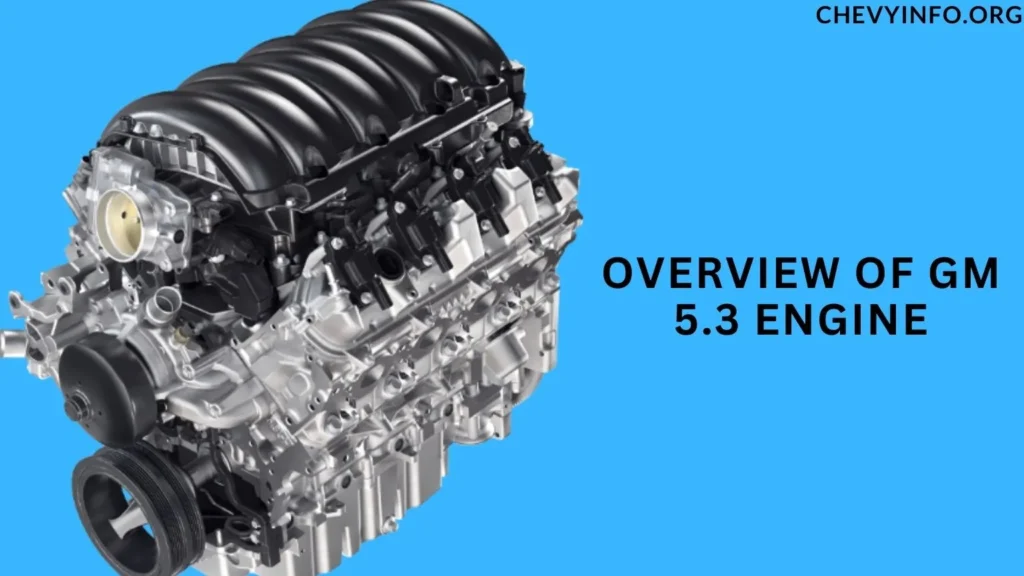
Stepping up in power, the GM 5.3 engine is a popular choice for those seeking enhanced performance without sacrificing fuel efficiency.
With a displacement of 5.3 liters, this V8 engine delivers increased horsepower ranging from 355 to 383 and torque ranging from 383 to 416 lb-ft.
It is commonly found in trucks and SUVs, offering robust towing capabilities and versatility across different driving conditions.
The GM 5.3 engine strikes a balance between power and efficiency, making it a well-rounded choice for a wide range of applications.
Overview of GM 6.2 Engine
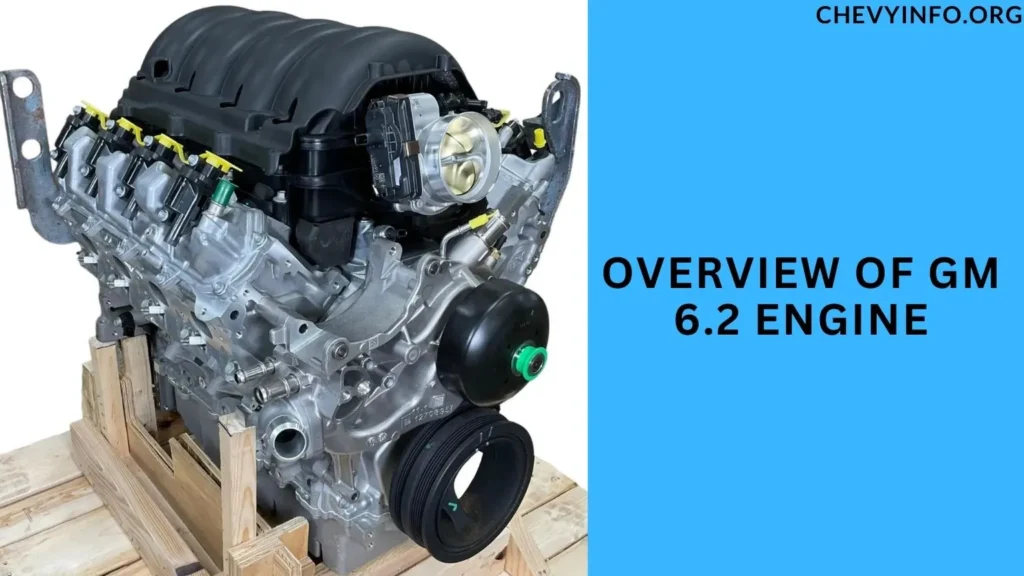
At the top of GM’s engine hierarchy is the formidable GM 6.2 engine, known for its commanding performance and capabilities.
With a displacement of 6.2 liters, this V8 powerhouse delivers impressive horsepower ranging from 420 to 450 and torque ranging from 460 to 460 lb-ft.
It is often featured in high-performance vehicles, sports cars, and trucks designed for heavy towing.
The GM 6.2 engine excels in providing exhilarating acceleration, robust towing capacity, and overall performance that caters to enthusiasts and those seeking top-tier power.
Performance Comparison
Horsepower and Torque
- GM 4.8 Engine: 275-295 horsepower, 285-305 lb-ft of torque
- GM 5.3 Engine: 355-383 horsepower, 383-416 lb-ft of torque
- GM 6.2 Engine: 420-450 horsepower, 460-460 lb-ft of torque
The horsepower and torque figures clearly demonstrate the progression in power as we move from the GM 4.8 engine to the 6.2 engine.
The 6.2 engine stands out with significantly higher horsepower and torque, making it the preferred choice for those prioritizing performance.
Fuel Efficiency
- GM 4.8 Engine: Decent fuel economy for its class, suitable for daily driving.
- GM 5.3 Engine: Maintains respectable fuel efficiency while delivering enhanced performance.
- GM 6.2 Engine: Slightly lower fuel efficiency due to higher power output, ideal for performance-oriented driving.
While all three engines offer reasonable fuel efficiency considering their power outputs, the 4.8 engine tends to be more economical,
Making it a practical choice for everyday commuters. The 6.2 engine sacrifices a bit of efficiency for raw power, catering to drivers who prioritize performance.
(GM)
Towing Capacity
- GM 4.8 Engine: Capable of light to moderate towing.
- GM 5.3 Engine: Robust towing capabilities suitable for hauling trailers, boats, and other heavy loads.
- GM 6.2 Engine: Excellent towing capacity, ideal for heavy-duty towing and hauling.
For those needing substantial towing capacity, the 5.3 and 6.2 engines are the top choices. The 6.2 engine, with its higher torque and power output, excels in handling heavy loads with ease, making it a favorite among truck enthusiasts and commercial users.
Pros and Cons of Each Engine
Here are the Pros and Cons of Each Engine:
GM 4.8 Engine
Pros:
- Good balance of performance and fuel efficiency.
- Suitable for daily driving and light towing tasks.
- Cost-effective compared to higher-displacement engines.
Cons:
- Lower horsepower and torque compared to the 5.3 and 6.2 engines.
- Limited performance for heavy towing or high-speed acceleration.
GM 5.3 Engine
Pros:
- Enhanced horsepower and torque for improved performance.
- Versatile across various driving conditions and towing needs.
- Balances power with reasonable fuel efficiency.
Cons:
- Slightly higher fuel consumption compared to the 4.8 engine.
- May not provide the extreme performance of the 6.2 engine.
GM 6.2 Engine
Pros:
- Exceptional horsepower and torque for exhilarating performance.
- Ideal for high-speed acceleration, towing heavy loads, and performance-oriented driving.
- Offers top-tier performance capabilities within GM’s lineup.
Cons:
- Lower fuel efficiency compared to smaller displacement engines.
- Higher initial cost and potential for increased maintenance expenses.
User Experiences and Reviews
User feedback plays a vital role in understanding real-world engine performance. Owners of vehicles equipped with GM engines often praise their reliability and performance.
However, common issues such as [insert issues here] have been reported, highlighting the importance of regular maintenance.
Future Trends in GM Engines
Looking ahead, GM continues to innovate in engine technology. Expectations include advancements in fuel efficiency, integration of hybrid systems, and enhanced performance through turbocharging and direct injection.
These developments aim to align with evolving environmental regulations and customer demands.
People also ask
Is the 6.2 and 5.3 the same block?
No, the GM 6.2 and 5.3 engines are not the same block. They have different displacements and are distinct engine designs by General Motors.
Is the 4.8 5.3 and 6.0 the same block?
No, the GM 4.8, 5.3, and 6.0 engines are not the same block. They have different displacements and are distinct engine designs by General Motors.
Is a 4.8 an LS motor?
Yes, the GM 4.8 engine is part of the LS engine family produced by General Motors.
How much horsepower does a Chevy 4.8 liter have?
A Chevy 4.8-liter engine typically produces between 275 to 295 horsepower.
Conclusion
In conclusion, the comparison of GM’s 4.8, 5.3, and 6.2 engines highlights the diverse options available to consumers based on their specific needs and preferences.
The 4.8 engine suits everyday driving and light towing, while the 5.3 engine strikes a balance between performance and efficiency.
On the other hand, the 6.2 engine caters to enthusiasts and those requiring top-tier power and capabilities, albeit with slightly lower fuel efficiency.
Ultimately, the choice between these engines depends on factors such as intended use, towing requirements, and desired performance levels.

Henry Worner, a seasoned automotive expert with over 13 years of experience in car repair, maintenance, and performance enhancement, ChevyInfo.org was born out of a passion for Chevrolet vehicles. Henry’s deep-rooted love for everything Chevy has driven him to create a platform where fellow enthusiasts, car owners, and anyone interested in Chevy cars can find valuable insights, tips, and guidance.



